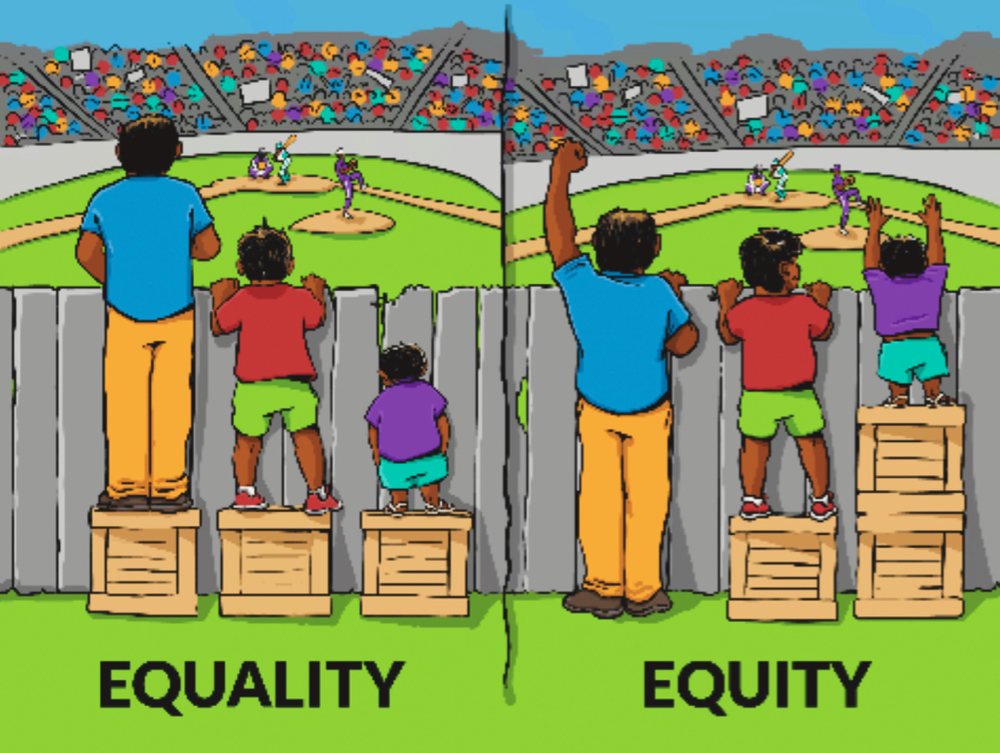
In 2017, 16,500 jobs could not be filled in Canadian agriculture, resulting in a loss of $2.9 billion in sales. When asked, 47 per cent of agricultural producers said they could not find enough workers, causing stress, production delays, lost sales, and delays or cancellations for farm expansions or upgrades.
In the same survey, 34 per cent of employers reported that no Canadians applied for jobs on their farms.
When faced with this type of labour shortage, there is a need to consider attracting and retaining workers from non-traditional labour pools. With women accounting for 30 per cent of the on-farm producers in Canada, they are part of this non-traditional labour pool.
There are more reasons than just labour shortages to increase the number of women working in ag. The research is very clear that there is a positive impact on the bottom line when there is more equal gender representation. Having a more diverse workforce increases innovation and productivity by bringing different ideas to the table. Much research has been done that reports women workers on the farm result in a positive impact on maintenance costs, improved risk assessment and decreased health and safety issues.
Read Also

Riding the tariff rollercoaster
Farmers are accustomed to roller-coaster years. But the current geopolitical windstorm is something else entirely. On his cattle operation near…
There has been a lot of conversation, formally and informally, about why there aren’t more women in agriculture and the reasons why this needs to be addressed. The Canadian Agricultural Human Resource Council (CAHRC) conducted research specific to these barriers, releasing a report in December 2017.
In that same month, Syngenta Canada hosted a facilitated discussion around the challenges affecting the advancement of women in agriculture. The group agreed that: “There are structural barriers that continue to limit the advancement of women in the Canadian agricultural sector. This restricts our reach for talent and capacity for innovation. We want to set an industry standard that values inclusivity and diversity to ensure that the sector reaches its full potential.”
The Canadian Agricultural HR Council continued the discussion by hosting a meeting with representatives of Women in Agriculture groups and agri-business in Niagara Falls in October 2018 to move the discussion about supporting the needs of women in agriculture by working towards creating an inclusive environment in workplaces and in the industry.
So what do gender equity and gender equality look like on the farm? In many conversations about barriers to women, the terms gender equity and gender equality are used interchangeably. What is the difference between the two?
By definition, equality means providing the same status, rights and responsibilities for all the members of a society, group or family. Equity is being fair and reasonable in order to level the playing field.
When looking at it specific to gender, it has been defined this way: “Gender equality, equality between men and women does not mean that men and women have to become the same, but that their rights, responsibilities and opportunities will not depend on whether they were born male or female. Gender equity means fairness or treatment for men and women according to their respective needs. This may include equal treatment or treatment that is different but which is considered equivalent in terms of rights, benefits, obligations and opportunities.” — United Nations Educational, Scientific and Cultural Organization (UNESDOC)
Does that make it clear as mud? Look at the visual on the next page that has circulated widely on social media. It helps illustrate what is the difference.
Make sense now?
So what does this look like on the farm?
Ask yourself if there are ways that women are facing barriers to full or equal participation to the work available on the farm. What do these barriers look like and how do you address them? As mentioned above, CAHRC has conducted research in this area under the Supporting the Advancement of Women in Agriculture project. Examples of some of the barriers reported can be used to illustrate these points around equality on the farm.
Often when we talk about barriers to attracting and retaining women in agricultural occupations the conversation turns to issues such as women not being physically strong enough, or to maternal and family obligations, etc. Quite often there is mention of women needing special treatment — they can’t work as late because they have to get home to the kids, they miss work too often to take care of sick kids, they just get trained and then have to take time off for maternity leave. Changing the narrative on such stereotypes and building more inclusive work environments will help make improvements from both an equality and an equity point of view.
Looking specifically at gender equality on the farm, review how you are paying your employees. Research shows that women continue to be paid 25 per cent less than men for the same work on the farm. Make sure that to start with, you are paying the same amount for the same job regardless if the employee is a man or woman. Taking that a bit further, also make sure you are paying equal pay for work that is of comparable value.
Ensure all of your workers are treated equally in written and unwritten policies. For example, if you offer a flexible work schedule when possible, make sure it is clearly available to all workers, not just women “because they need to go pick up the kids.”
Another aspect to consider is how hiring is done on the farm. Do you look at resumes for certain jobs and select the applications from men more than from women, making the assumption the male applicant is more suited for the job? When you are breaking work down that needs to be done are you consistently assigning the more demanding or higher skilled tasks to the men on your team and consistently having the women on the team organize lunch and get coffee?
These are common biases that come into play in any workplace, including on the farm. Being aware of these biases and putting steps in place to address them will help move your operation towards gender equality for your employees.
Another area is to consider the work environment. Are sexist comments or jokes a part of the workplace banter? Are all employees (men and women) included in everything from meetings, to social gatherings and casual conversation? Are participation in meetings, proposals about solutions to problems, and decision-making welcomed equally from all employees regardless of their gender? Sometimes these are things that need you to take a step back and think about because they may not be as obvious.
From the equity point of view, examples of things to consider are the options available for appropriate sizes for uniforms, coveralls, gloves and protective gear. One size does not fit all — and that goes for men and women. If workers need to change into work gear, are there separate facilities available for men and women?
To bring this all together, one of the best ways to look at how equality and equity look on the farm is to look at how the farm manages what happens when an employee is expanding their family. When it comes to workers starting families, women are the ones who bring the babies into the world and despite all sorts of advances in medicine, it does not look like this is going to change any time soon.
On the farm it may mean pregnant employees may need altered duties during pregnancy (e.g. lighter physical duties, unable to work with or have exposure to various products or environments). It will mean that they need to take leave to have the baby. However, offering and supporting a parental leave policy for time off beyond these type of requirements, will signal to all employees that they are able to access equal opportunity to time with their new family members.
There are now clear ways to do this through the government Employment Insurance programs.
Progress has definitely been made in both gender equality and gender equity on the farm but there is still a lot of work to be done. Understanding what these terms mean and how they apply to work on the farm will help.
Creating inclusive and diverse workplaces overall will not only help attract and retain more women on the farm, it will also help improve the bottom line.
CAHRC provides tools that can help address both gender quality and equity on the farm through the AgriHR Toolkit and best practice guides for increased inclusion and diversity in agriculture.
Jennifer Wright is senior HR advisor and stakeholder engagement specialist at CAHRC. She grew up working on her family’s farm and in her parents’ farm equipment dealership in southern Ontario. Wright can be reached at [email protected].















